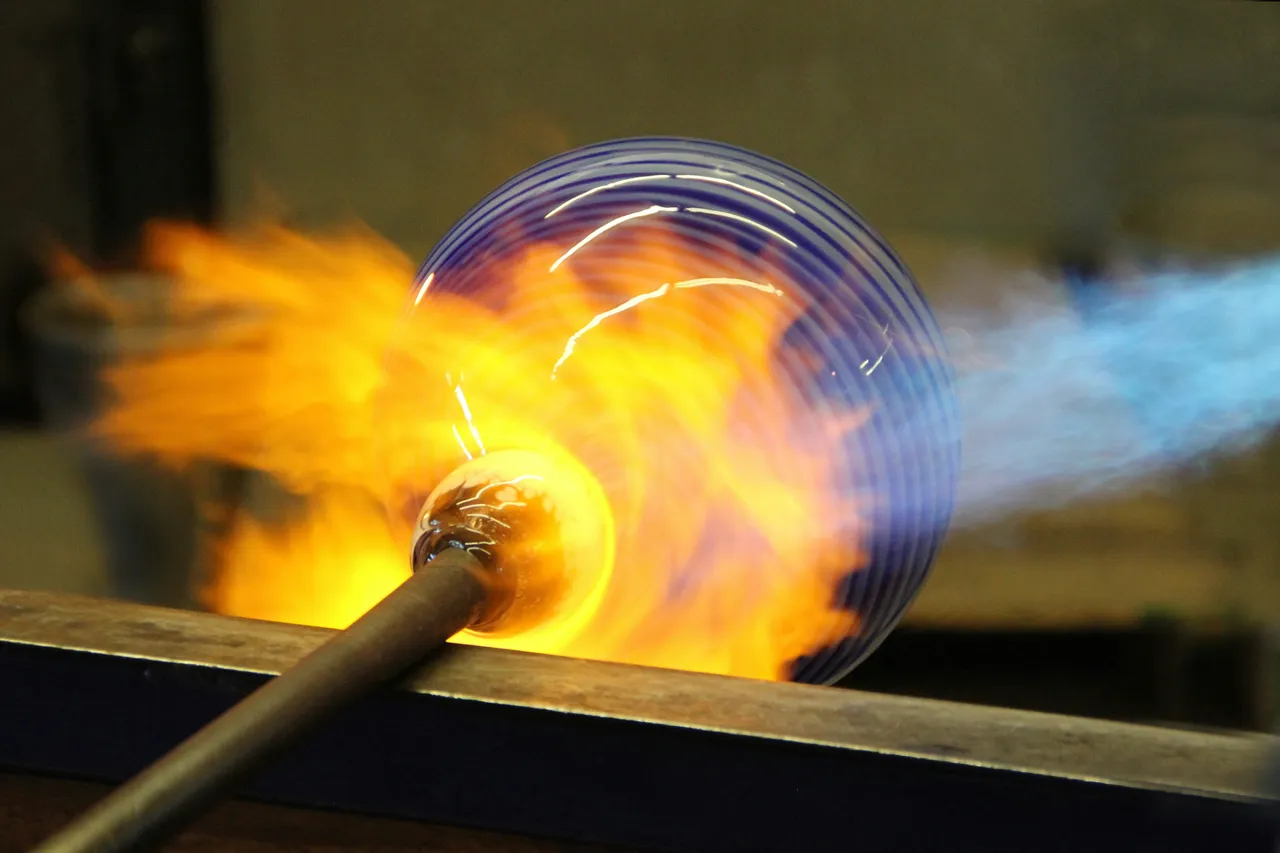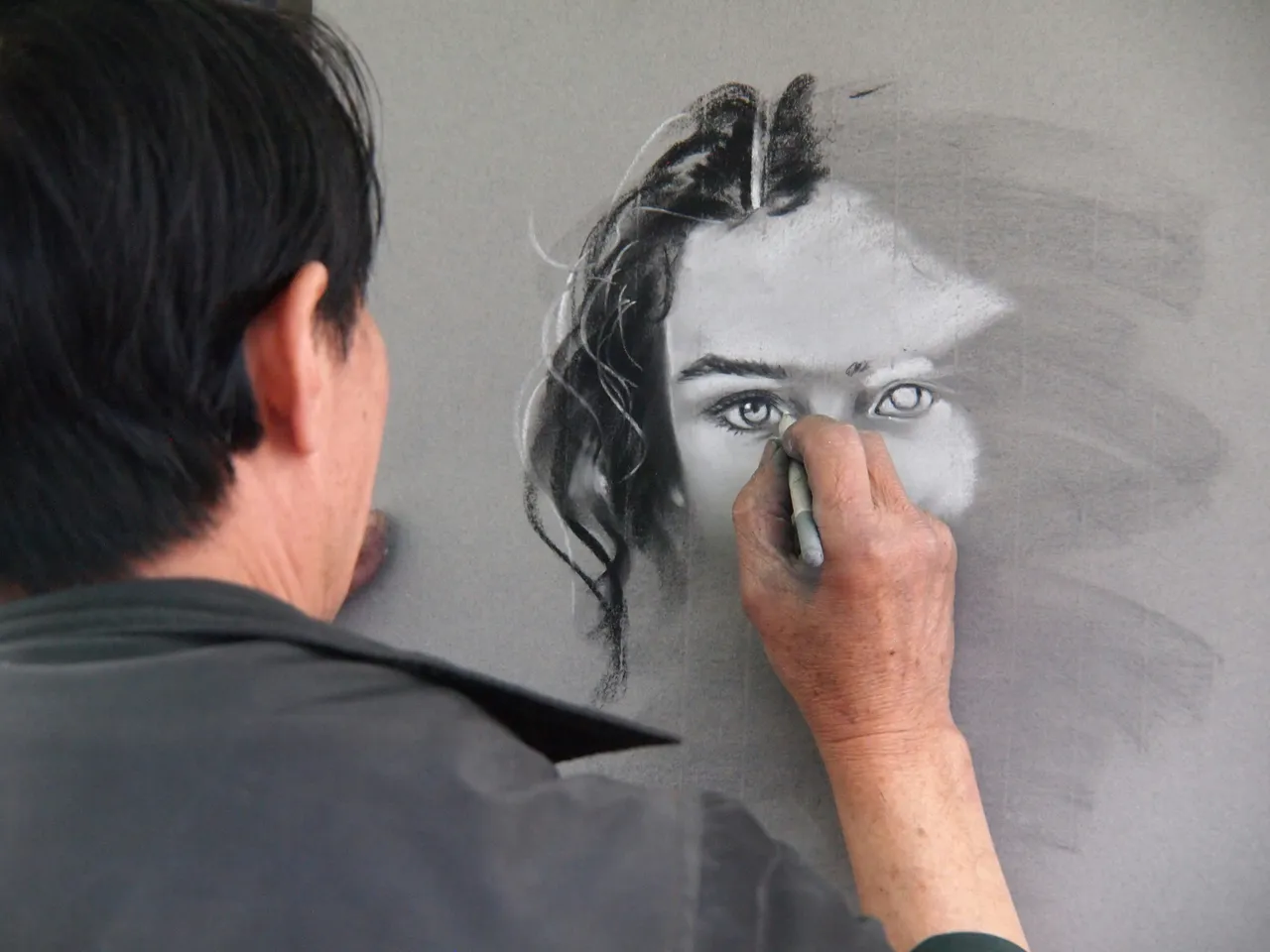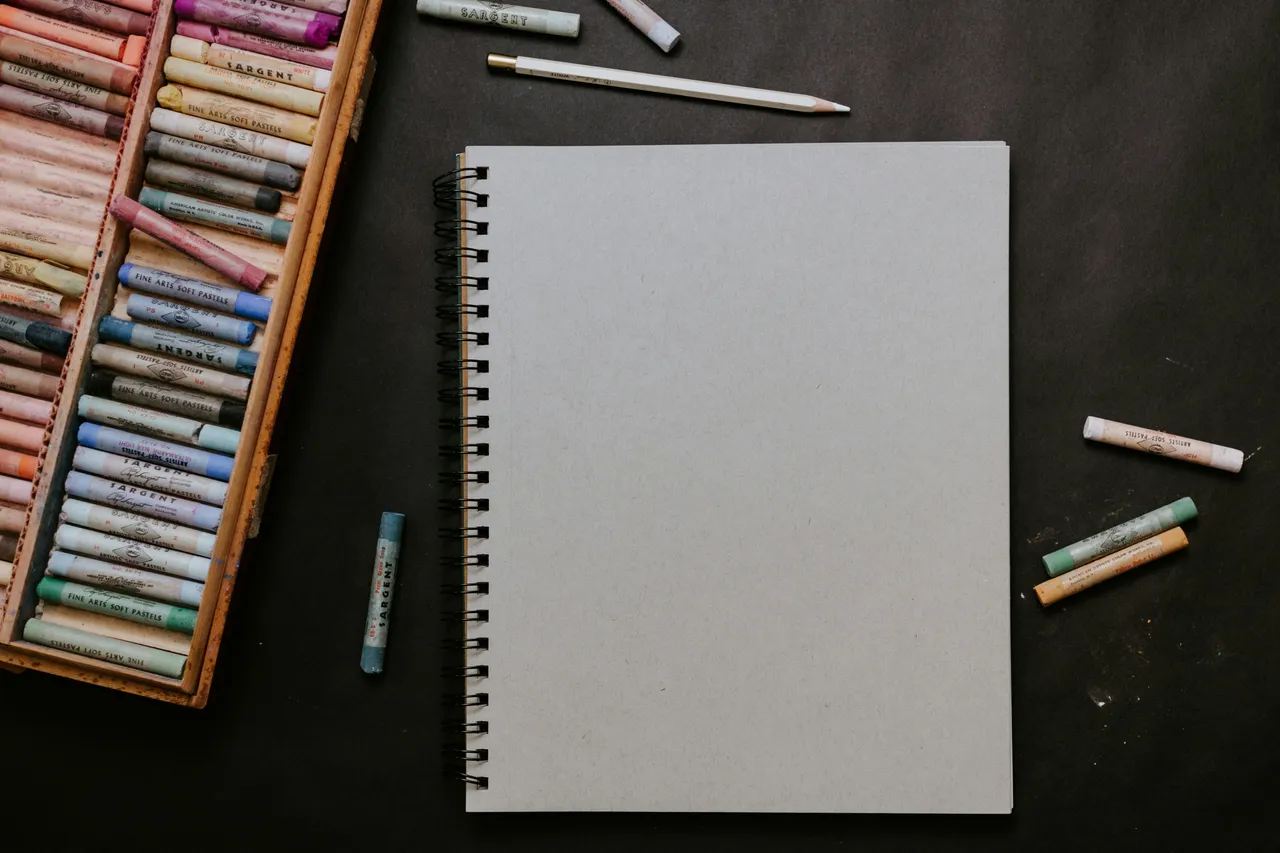
Transforming Everyday Objects into Art: A Beginner's Guide
Discover the joy of transforming ordinary items around you into stunning pieces of art. This guide will walk you through the process of seeing the potential in everyday objects and turning them into your own creative masterpieces. Embark on a journey of artistic discovery and innovation.
Finding Inspiration in the Mundane
Every artist starts with a blank canvas, but in our world, that canvas can be anything. Look around your home; old jars, books, furniture, or even kitchen utensils can become the base of your next project. The key is to see beyond their current form and imagine what they could become. Start by selecting an object that speaks to you, perhaps because of its shape, texture, or even sentimental value.
Inspiration can strike anywhere. Keep a notebook or a digital note-taking app handy to jot down ideas as they come. You never know when an old teacup or a piece of scrap metal might spark an idea for your next masterpiece. Remember, the beauty of art is in the eye of the beholder, and in this case, the artist.
Materials and Tools
Before you dive into transforming your selected object, gather the materials and tools you'll need. Paints, brushes, glue, scissors, and markers are a good start, but don't be afraid to experiment with other materials like textiles, beads, or natural elements. Your toolkit will depend on what you want to achieve with your project, so be open to experimenting.
Safety is paramount. Depending on your project, you may need gloves, goggles, or a workspace with adequate ventilation. Always read labels and take precautions to ensure your art-making process is not only creative but safe.
Techniques to Try
There are countless techniques to explore when transforming everyday objects into art. Decoupage, for instance, involves cutting out paper designs to adhere to objects, giving them a completely new look. Painting is another versatile technique; whether you prefer acrylics, spray paint, or watercolors, the right type of paint can breathe new life into an old object.
Consider combining techniques for a mixed-media effect. Gluing beads or attaching fabrics to your object can add texture and depth. The key is to experiment and let your creativity guide you. There’s no right or wrong way to create art; it’s all about the process and the personal connection you form with your creation.
Sharing Your Art
Once you’ve completed your project, consider sharing it with others. Whether it’s through social media, an online portfolio, or a community art show, getting feedback on your work can be incredibly rewarding. Sharing your art not only allows you to showcase your creativity but also inspires others to explore their artistic potential.
Remember, every artist was once a beginner. Don’t be discouraged by setbacks or mistakes. They are all part of the learning process. The most important thing is to keep creating, exploring, and enjoying the journey of artistic discovery.
This article was developed using available sources and analyses through an automated process. We strive to provide accurate information, but it might contain mistakes. If you have any feedback, we'll gladly take it into account! Learn more

